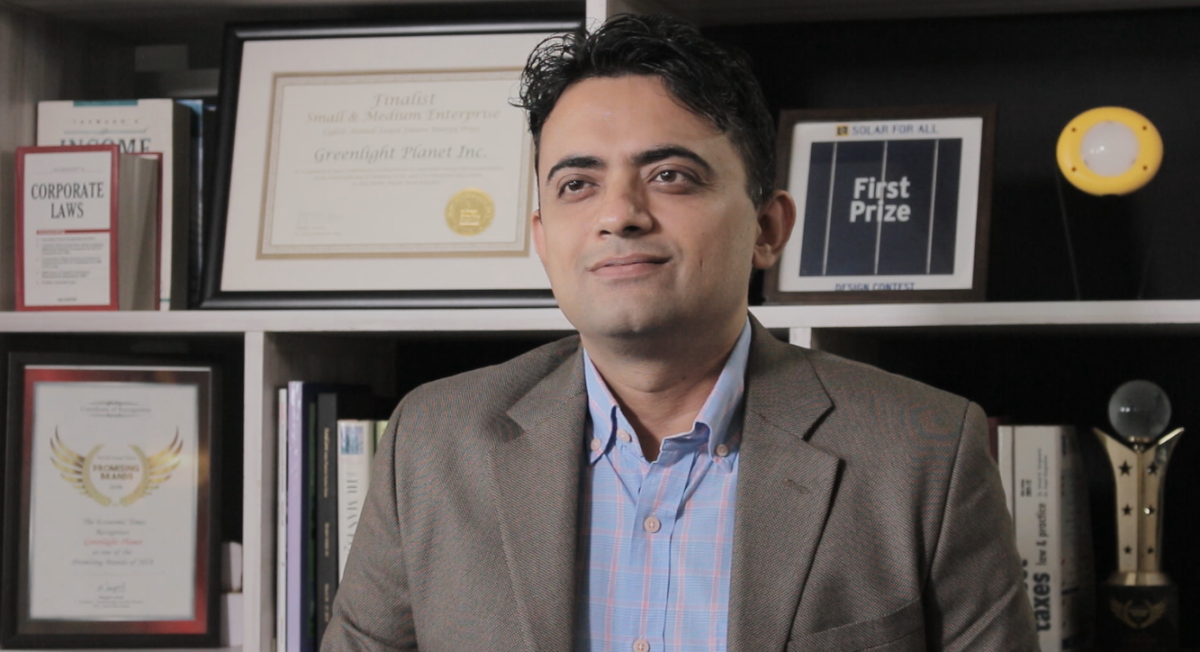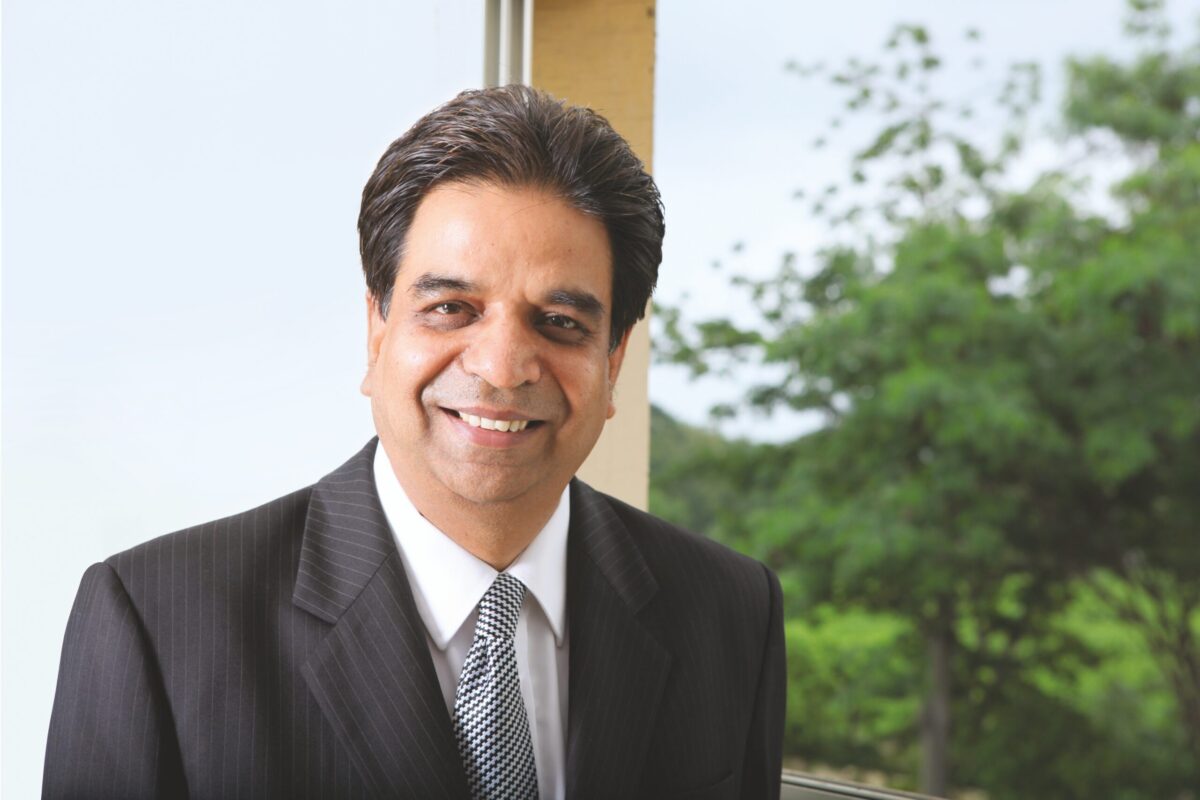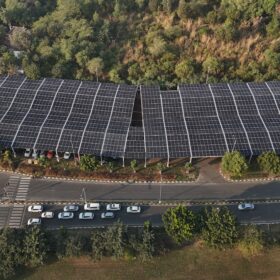pv magazine: The government of India has rapidly expanded grid access in recent years, outpacing many other nations with similar electrification challenges. How strong is the case for off-grid solar?
Dhaval Radia: Challenges remain around consistent, predictable supply coupled with the high cost of transmission, especially for remote rural areas.
The Prayas ESMI [electricity supply monitoring initiative] data indicates that only 11% of rural areas across 66 locations in 23 states receive five hours of evening supply, from 5pm to 11pm. Consumers in these areas with erratic electricity find value in off-grid solar solutions for their ability to ensure continuous access to light, mobile phone charging and other basic appliances, even during power cuts.
Despite continued electrification efforts, India is likely to remain the single largest off-grid market in the world for the next five years. And we expect this market to continue evolving, from basic lighting to more sophisticated appliances such as solar-powered home systems and other consumer electronics, and services such as technology-enabled financing, more robust after-sales, doorstep deliveries and system upgrades.
We remain excited about the prospect of the Indian off-grid solar market and all the innovation yet to come.
How conducive is the environment for solution providers?
Over the years, financing options have increased exponentially, as has competition among start-ups looking for debt and equity financing. The talent pool is also as strong and diverse as ever.
However, the sector still lacks access to high-quality raw material in India, which is a detriment to the ability to build and expand local manufacturing here.
We request the government to help catalyze a sustainable, cost-efficient ecosystem for the off-grid industry here in India, as it would help expedite the goal of universal electrification, a core agenda for the government of India.
Given India has diverse terrain and climatic conditions, what business models and technological solutions are commercially viable?
In the last decade, both products and business models have evolved tremendously in response to the evolution of the industry, the changing and growing needs of our customers and the advancements in technology.
For example, ten years ago, when we started selling products to rural Indian households, we offered only one product – a solar-powered lamp designed to replace the ubiquitous kerosene lamp. That original Sun King solar lamp cost Rs800 to the end consumer – Rs1,140 in today’s value – and since the concept of basic solar lighting for an off-grid household was unheard of in rural India, or anywhere in India for that matter, we developed a last-mile direct sales model leveraging village-level entrepreneurs to sell these lamps door to door.
Today, thanks to a fast-growing industry, the concept of solar lighting is much better understood, so much so that people actively go to small shops looking to purchase a solar energy solution for their home!
Technology has also evolved drastically: today the same product performs significantly better than the original, with its battery lasting three years longer.
Also, there are solutions ranging from ultra-light portables to robust portables with built-in radios and mobile phone chargers; to plug-and-play solar home systems; and more recently, a solar powered fan and television.
Business models have also evolved. We now sell thousands of Sun King products through retail shops each month. We also partner extensively with microfinance institutions and other rural banks to provide consumer financing for households that want to purchase our larger systems.
How can off-grid solar solution providers ensure after-sales service and support in areas that are difficult to reach?
The challenge of managing after-sales service in remote, hard-to-reach areas can be tackled through two approaches. First, by investing heavily in product design, quality manufacturing and QA [quality assurance] testing. The more companies invest in producing high-quality products upfront, the fewer the chances of a need for after-sales service.
For issues that may arise after products have made their way to customers’ homes, an efficient, technology-backed after-sales service program is required that leverages local service providers even in some of the most rural areas served.
We use an in-house information technology system that supports and tracks deliveries and last-mile fulfillment to our consumers’ homes. We have an integrated supply chain management process that ensures not only the delivery of [after-sales] products to the last mile but also a collection of consumer feedback that is looped back to our engineering and research teams. This ensures that any defects occurring in the field are quickly relayed back to the team that designs the products and are rectified in future production and development, reducing the incidents of product failures that need after-sales services.
For companies looking to export, which countries share the same requirements as India?
India is a relatively mature market and the dynamics are totally different. Any company looking to export, needs to customize its offerings to adapt to the needs and requirements of the consumer in that particular country.
In terms of under-electrification, our largest markets outside of India include sub-Saharan Africa and Southeast Asia. The majority of the African continent south of the Sahara desert remains under-electrified and represents a little more than half of our global business. While Southeast Asia is generally better electrified than India, we still find large populations in countries like the Philippines, Papua New Guinea and Myanmar that lack reliable access to the grid.
This content is protected by copyright and may not be reused. If you want to cooperate with us and would like to reuse some of our content, please contact: editors@pv-magazine.com.









By submitting this form you agree to pv magazine using your data for the purposes of publishing your comment.
Your personal data will only be disclosed or otherwise transmitted to third parties for the purposes of spam filtering or if this is necessary for technical maintenance of the website. Any other transfer to third parties will not take place unless this is justified on the basis of applicable data protection regulations or if pv magazine is legally obliged to do so.
You may revoke this consent at any time with effect for the future, in which case your personal data will be deleted immediately. Otherwise, your data will be deleted if pv magazine has processed your request or the purpose of data storage is fulfilled.
Further information on data privacy can be found in our Data Protection Policy.